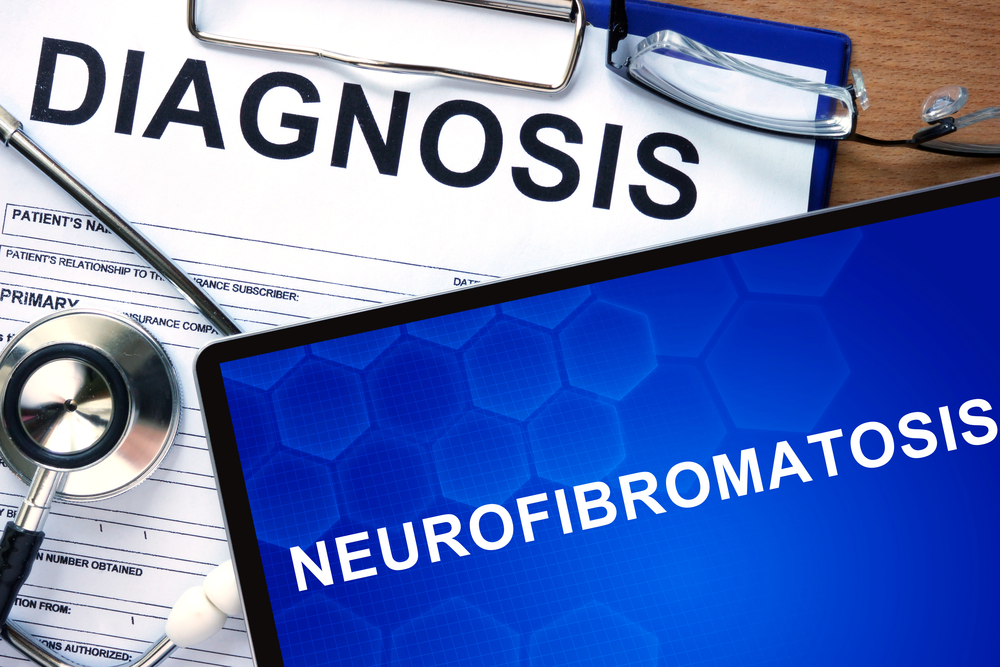Understanding Neurofibromatosis Type I, and How Occupational Therapy Can Help
Written by Lily Ritvixay
Neurofibromatosis is a very rare, genetic disease that affects < 200,000 people/year. That includes children and adults. It is non-curable, however some treatment is available. Most people are not aware of it, nor the implications it has on the body or quality of life, especially for school age children.
The Schwannoma cells that make up the myelin sheath covering many of our nerves do not shut off, and can continue to grow, causing tumors of the brain, spinal cord, and nerves, that are usually benign. However, this can cause mild-moderate-severe impairment, and can be deadly. Treatment options consist of conservative approaches, by keeping an eye on tumor/tumors’, and disease progression. Other options are surgery or radiation.
Three Types of Neurofibromatosis
There are three different types of Neurofibromatosis: NF1, NF2, and Schwannomatosis, which is a subclass of Neurofibromatosis. NF1 is typically known to occur very early in childhood. It is a genetic disorder with symptoms manifesting themselves through freckling in the armpits, brown spots on skin, and mainly growth of benign tumors of the nervous system. These tumors can also be malignant, but that is also rare. NF2 is significantly less common than Type I and is known to manifest itself in the late teenage or young adult years, along with Type 3 (“Neurofibromatosis” Mayo Clinic). People affected by NF2 typically do not have some of the same skin abnormalities as NF1. A classic symptom of NF2 are tumors that grow on the nerves or in the brain, and cataracts. Schwannomatosis also consists of schwannoma tumors that grow throughout the nerves of the body. As these tumors continue to grow, they can cause pain, numbness and tingling in fingers and toes. For the sake of this article we will delve more into detail regarding NF1 and how it can affect school age children.
Children with NF1 usually manifest symptoms at birth, or sometime after. In most cases it has become evident by the age of 10. According to the Mayo Clinic, some of the signs and symptoms are:
- Flat, light brown spots on skin.
- Tiny bumps on the iris of the eye.
- Bumps on or under the skin.
- Bone deformities, such as: Scoliosis, or bowed lower leg.
- Optic nerve tumor
- Learning disabilities
- Head size greater than average, and short stature (“Neurofibromatosis” Mayo Clinic).
A child affected by these symptoms can present deficits and barriers to learning in their early developmental school years. They can impact how a child functions in school by presenting challenges with deficits that impact vision, balance, coordination, gait, gross motor skills, fine motor skills, handwriting, articulation, learning, social skills, anxiety/depression, and behavior. (Long, (2002) NF School Connection
The Role of an Occupational Therapist
Occupational Therapists work with children with various disabilities within the school setting, including children who are affected by Neurofibromatosis, and are excellent at addressing functional deficits that may have an adverse effect on a child’s learning and school experience. Early intervention programs are especially important for these particular individuals in order to help them gain a successful education by being able to function in school and overcome barriers to learning through the implantation of an IEP. Occupational therapy services are appropriate for children with NF in the school system, and in general, because they can address issues with clumsy gait, vision problems, as well as poor gross and fine motor skills. Addressing these deficits can help the child to be better at writing, and succeed in school. They can also help the child to engage in peer to peer engagement and play, which are very important aspects in a child’s life.
Learn more: http://www.ninds.nih.gov/disorders/neurofibromatosis/detail_neurofibromatosis.html
References:
Birch, P., Friedman, J., (1997), Type 1 neurofibromatosis: a descriptive analysis of the disorder in 1,728 patients, American journal of medical genetics,70(2),138-143.)
Neurofibromatosis. (2015, December 24). Retrieved March 17, 2016, from http://www.mayoclinic.org/diseases-conditions/neurofibromatosis/symptoms-causes/dxc-20167896
Neurofibromatosis. (2016, February 11). Retrieved March 17, 2016, from https://www.gstatic.com/healthricherkp/pdf/neurofibromatosis.pdf
Long, S. (2002). Educating the Child with Neurofibromatosis Type 1. Retrieved March 17, 2016, from http://www.ctf.org/pdf/washington/education_flyer.pdf
Shi Q, Kiel M, Yang Y, Ganz S. Schwannomatosis (Neurofibromatosis Type 3, Nf3): A Case Report and Literature Review [abstract]. Journal of Hospital Medicine. 2015; 10 (suppl 2). http://www.shmabstracts.com/abstract/schwannomatosis-neurofibromatosis-type-3-nf3-a-case-report-and-literature-review/. Accessed March 17, 2016.


Good sharing information about Neurofibromatosis. this is very valuable for everybody.
What an article!!! Many children a doctor will suggest physical, occupational and/or speech therapy. The therapist will work to relax and/or strengthen your child’s affected. Thanks for the post!!